Making Their Mark: Tiffany Lee
By Anna Tutty
July 9, 2020
Long before lockdown, WATG and Wimberly Interiors’ global network of designers, makers and creators have looked beyond their every day to inspire ideas and innovations. In this new series, Making Their Mark, we shine a spotlight on our team members and creative associates, and the passion projects they pursue outside of 9–5 – not only for their personal mental health, well-being and growth, but for the benefit of their clients, projects and colleagues. Fostering a spirit of creativity, innovation, individualism and imagination among our ‘ohana’ (family) has been central to our firm since its founding seventy-five years ago, and we are proud to support one another not only at work, but externally as well.
Today, we interview Tiffany Lee – Project Manager and Operations Director in our WATG Honolulu office. After studying architecture at the University of Hawaii, Tiffany was awarded the George J. Wimberly Design and Travel Scholarship – and soon after commenced her eighteen-year-long (and counting!) career with WATG. Since stepping away from design in her everyday workload, Tiffany found an alternative creative outlet – jewelry design and fabrication.

For Tiffany, being completely in control of her own successes and failures has been liberating
Tiffany, tell us a little bit about your career and what a ‘normal’ day looks like for you.
I am a Project Manager and Operations Director at WATG Honolulu. A typical workday at the office would start around nine-ish and end around six or seven in the evening, with a mix of client calls and correspondence, collaborating with my senior leader and design teams on our various projects, and an overall review of resources, financials, and operations.
My side project is one that happens around my architectural work – designing and fabricating my own jewelry line. Dependent on my schedule that week of shows and orders, I can eke out a few hours of weeknight production. Saturdays are a mix of trunk shows and events, restocking my stores, and delivery of any custom work. Sunday is my dedicated studio day where I design, produce, and photograph any new work.
During quarantine, it has been kind of the same – except now the architectural work has definitely crept into the night and weekend time!
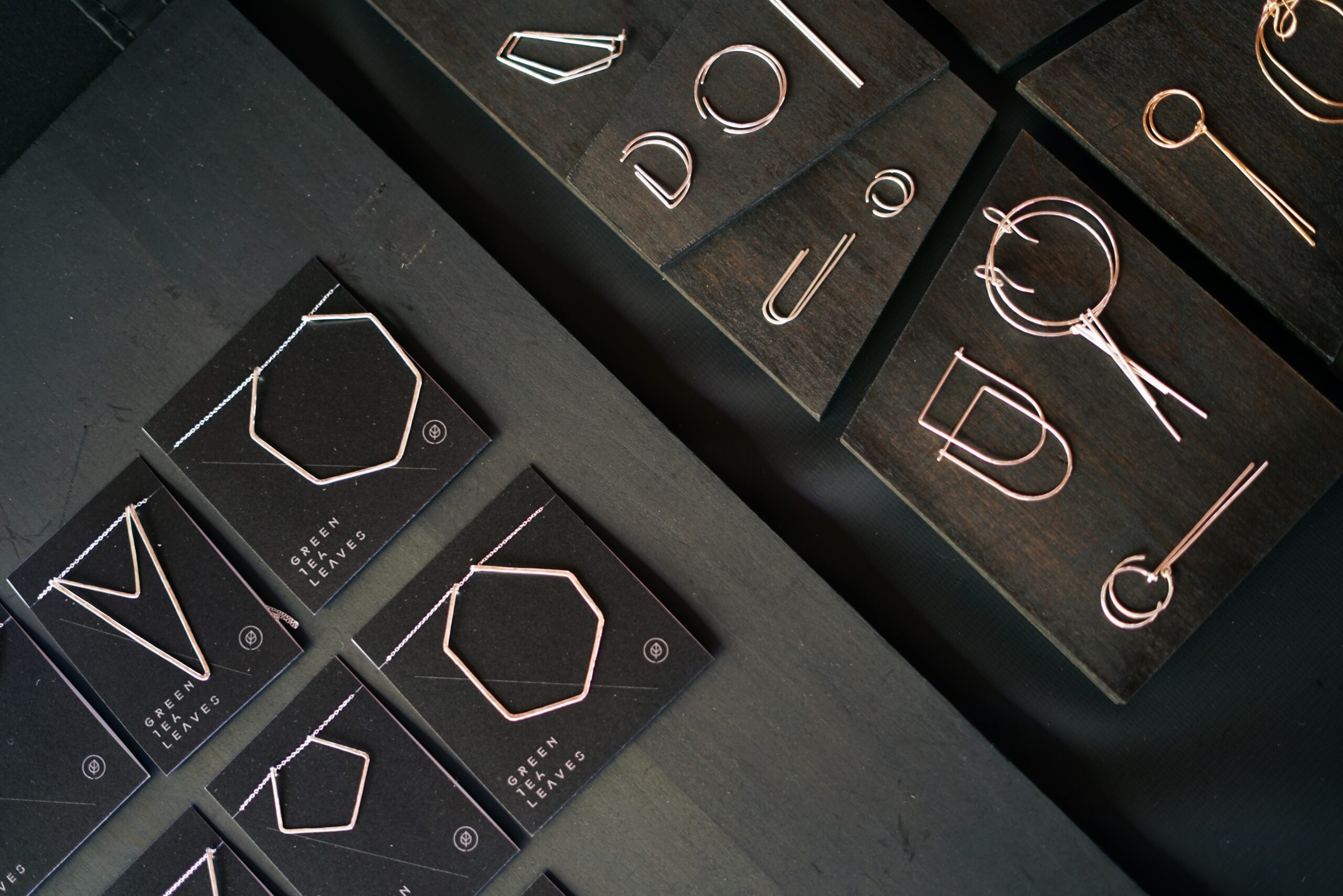
green tea leaves began as a hobby, when Tiffany was searching for minimal jewelry but was unable to find the ‘right’ piece
In isolation we’ve been forced to find new outlets for entertainment and inspiration. Talk us through your side project(s). What is it and how did it begin?
I design and fabricate a line of simple, minimal, architectural jewelry called green tea leaves. At the beginning, it was a casual hobby that began when I wanted very minimal pieces for myself but couldn’t find anything that was quite right.
Funnily, it didn’t become serious until I began my position in operations at WATG. I didn’t notice it, but a friend noted that my jewelry work started “getting really good” when I had to transition out of my design-focus role and into operations – I had so much creative energy that was dying to go somewhere. On weeks where I have a lot of tedious managerial/administration tasks, such as charts and emails, I can’t wait to get home and be back on the block.
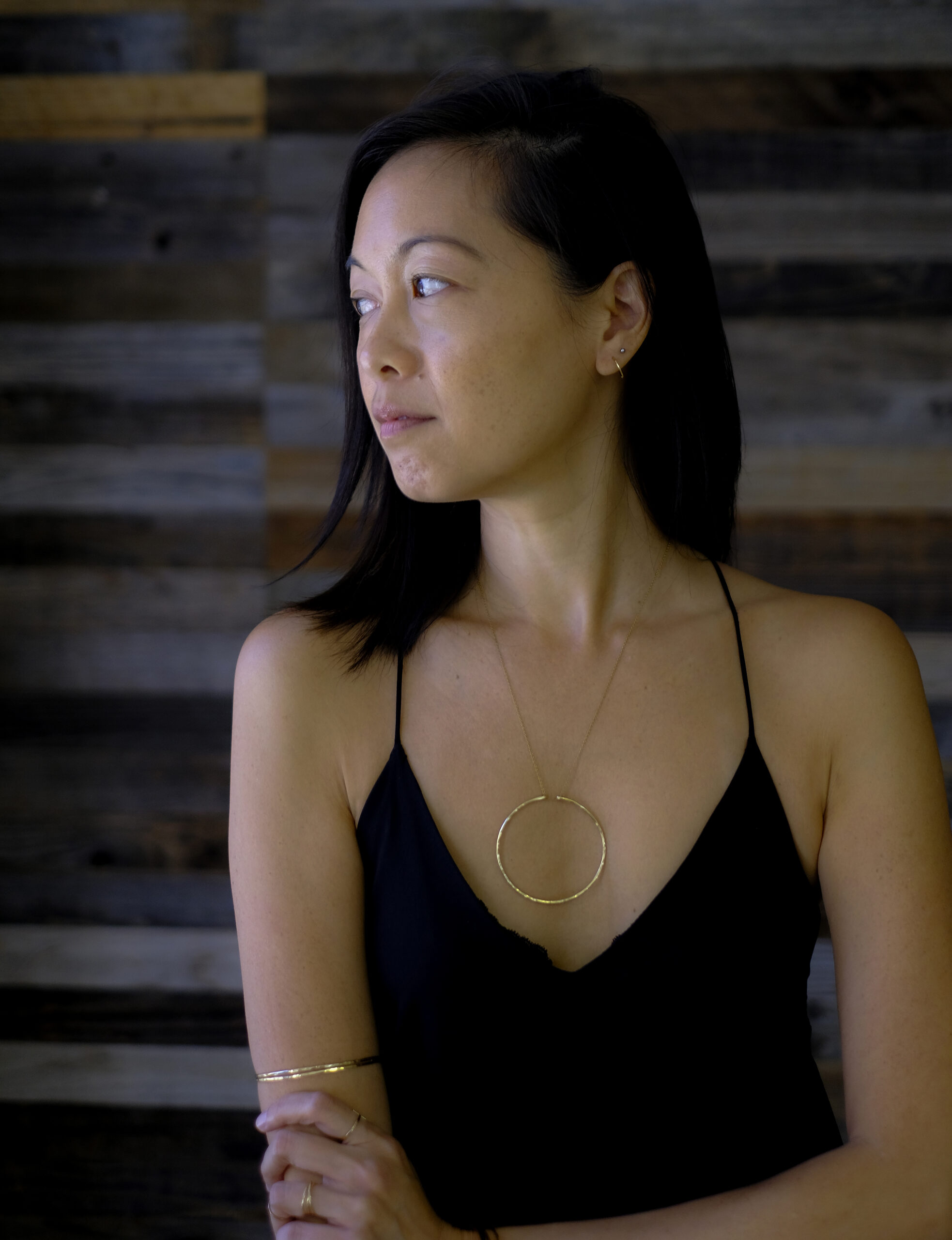
Tiffany wearing pieces from her collection
Have you found this new creative process to be cathartic or challenging? Has anything about it surprised you?
Jewelry design and metalsmithing is such a tactile and malleable medium that I love so much. I love the dichotomy of it. It calls for a great deal of precision and timing and is limited to the physical properties of metal and heat, but at the same time is so completely open to your imagination. It is also incredibly satisfying to be able to create a concrete form of the images I have floating around in my mind.
I find it funny how tiring it is selling jewelry. Through university and work, I’ve done 60–90+ hour workweeks regularly without a thought. But just one 8-hour event selling jewelry and I am ready to throw in the towel, every single time.

Meeting other creatives through the design process has been a source of inspiration personally, and professionally
How has being creative outside of work positively impacted your outcomes at work?
After five years of design school and over fifteen years in the practice of hospitality architecture, having this bit of total creative control and design freedom has been so valuable, calming, and balancing to me. I can make and wear what I love, regardless of anyone else’s critique or opinion.
Also in my role at the office, I worry a lot about how my decisions affect my office, my staff, and my clients. With green tea leaves, it is very freeing knowing that I am completely autonomous and solely responsible for my success and failures. I have the ability to take more chances or be more conservative when and if I feel like it.
This has also opened me to a huge network of other artists and creatives outside of architecture. They have inspired and taught me so much about different art forms and their design process.

Jewelry design and metalsmithing is limited to the physical properties of metal and heat, but at the same time is so completely open to your imagination
Tell us a little bit about a maker or creator who has inspired you, and why.
Of course, these would be the architectural greats and the masters of the modern movement – Mies van der Rohe, Le Corbusier, and Philip Johnson. Simple, clean, and impactful design – everything I dream of becoming.
You can shop Tiffany’s collections here on the green tea leaves website, or follow her designs on Instagram.

Latest Insights
Perspectives, trends, news.
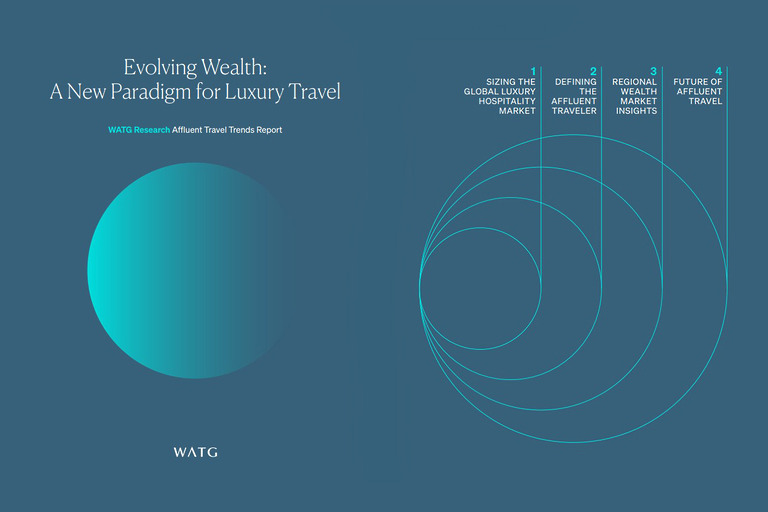
- Strategy & Research
Evolving Wealth: A New Paradigm for Luxury Travel

- Strategy & Research
Evolving Wealth: A New Paradigm for Luxury Travel
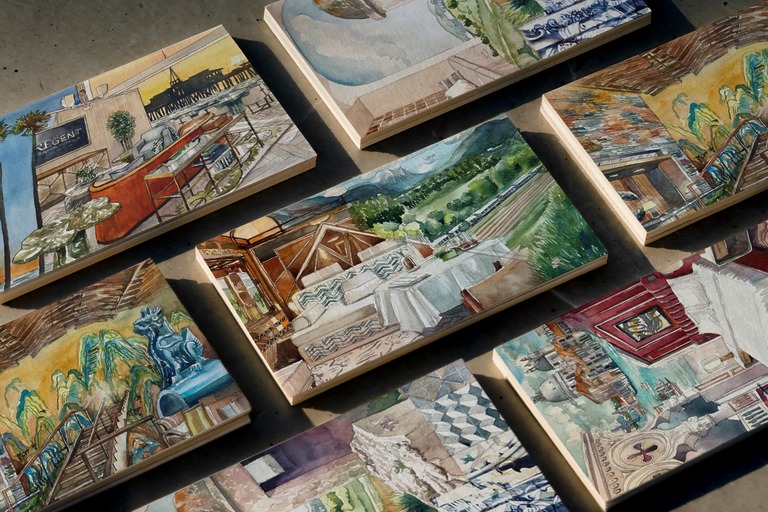
- News
Wish You Were Here: Postcards from our Destinations

- News
Wish You Were Here: Postcards from our Destinations

- News
The Torch, The Screwdriver, and the Pencil – Pete Wimberly’s Story
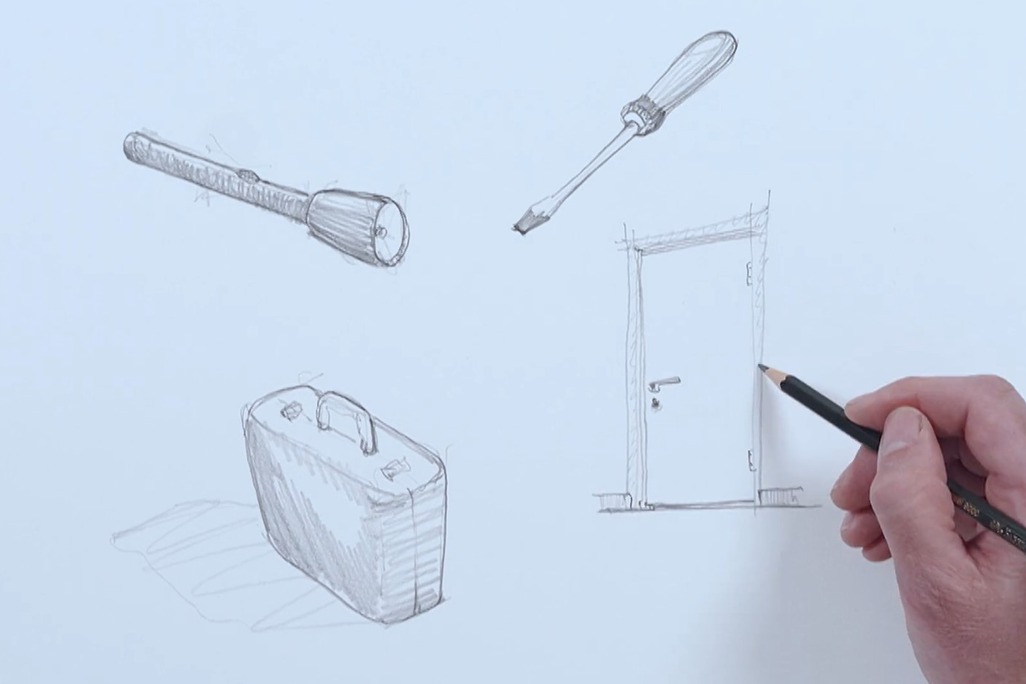
- News
The Torch, The Screwdriver, and the Pencil – Pete Wimberly’s Story
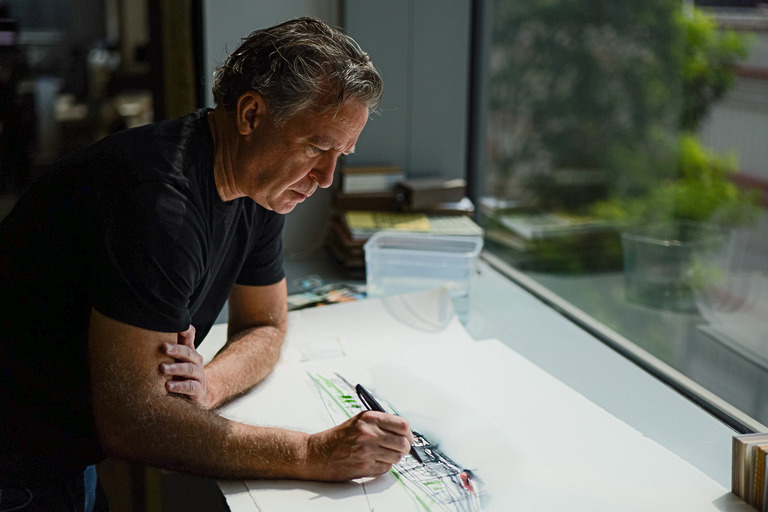
- Employee Feature
Ian Simpson: Constantly Curious, Constantly Creative

- Employee Feature
